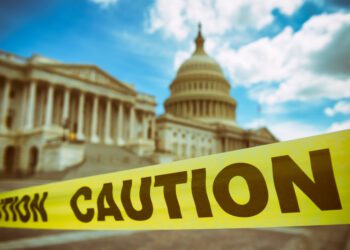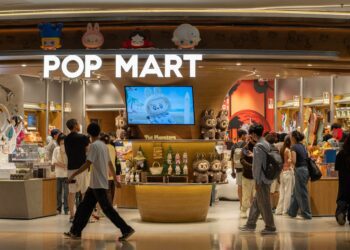Millennials crave newness in beauty; they want the experience to be fun and prefer informal interactions.
The global beauty market —including bath and shower, fragrances, hair care, makeup, and skin care— is a $250 billion global business, according to Euromonitor. Historically, large legacy brands have ruled the industry, both in market share and in prestige.


Recently, however, born-digital brands have become the big growth story, particularly in color cosmetics, a category well suited to digital marketing because of its visual nature.
From 2008 to 2016, color-cosmetics challenger brands grew by 16% a year, four times as fast as legacy companies. They now account for 10% of the color-cosmetics market, up from 4% in 2008.
Dig a little deeper and other themes emerge. One is that, according to McKinsey analysis, the upstarts are almost all single-brand beauty companies, which account for almost 50% of the $2.7 billion in venture-capital (VC) investments the beauty industry has received since 2008 and 80% of VC funding in 2017.
Another is that 31% of the beauty companies that get VC funding emphasize “conscious consumerism” —they use natural or organic ingredients and commit themselves to following certain social or environmental standards. Another 5% focus on minority groups. Finally, the growth of born-digital challenger brands is accelerating: more than 70% of the $2.7 billion in VC investments were made from 2014 to 2017.
The consumer has spoken. According to the WaR Agency, a London-based marketing firm, seven out of 10 people surveyed said they want to learn about products through content rather than advertising.
To a large degree, consumers seem to be acting on that idea: beauty was the third-most-searched topic on Google in 2016, and the number of views of beauty videos on YouTube rose by 67% from 2015 to 2016. YouTube is already the world’s leading beauty platform, with more than 1.5 million beauty videos (accounting for 4.6 billion views) uploaded each month. Color-cosmetics products particularly appeal to the selfie generation because of their visual nature. Online videos (or “vlogs”) not only teach consumers how to apply makeup but also promote the rise of “micro-influencers”—those with 10,000 to 100,000 followers.
Traditional brands account for a relatively small share of YouTube views; born-digital brands are at the top of most social leaderboards. Anastasia, founded in 1997 as an eyebrow specialist (and now with annual net sales of $340 million), has 16.6 million followers on Instagram, more than any other beauty company. On its social-media platforms, Anastasia averages more than 60 posts a week, led by 600 influencers. Its online sales in the United States increased by 150% in 2016, faster than those of any other player in the industry, and retail sales rose more than 100 times from 2012 through 2015. And four-year-old, UK-based Charlotte Tilbury has ten times as many YouTube subscribers as the average legacy brand.
According to McKinsey research, they are three times more likely than baby boomers to assume that newer brands are better or more innovative and three times more likely to say they typically learn about new products or brands from social media. Asked “when was the last time you purchased a new cosmetics brand?,” 48% of millennials active in the category replied, “in the last month,” versus 19% of boomers. Millennials place a higher priority on what they consider to be authentic and personal. They expect to be able to try anything once —free of charge. They crave newness in beauty; they want the experience to be fun and prefer informal interactions.












